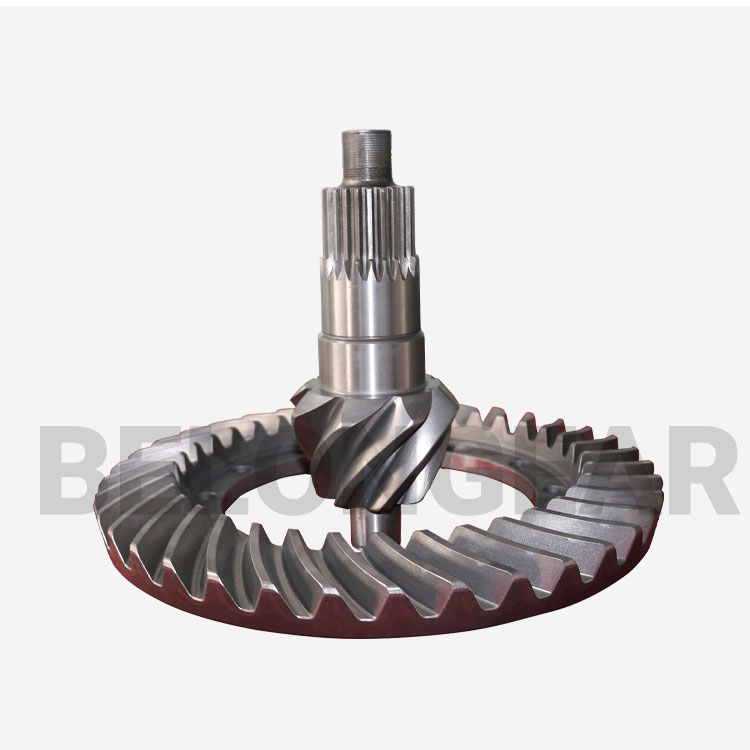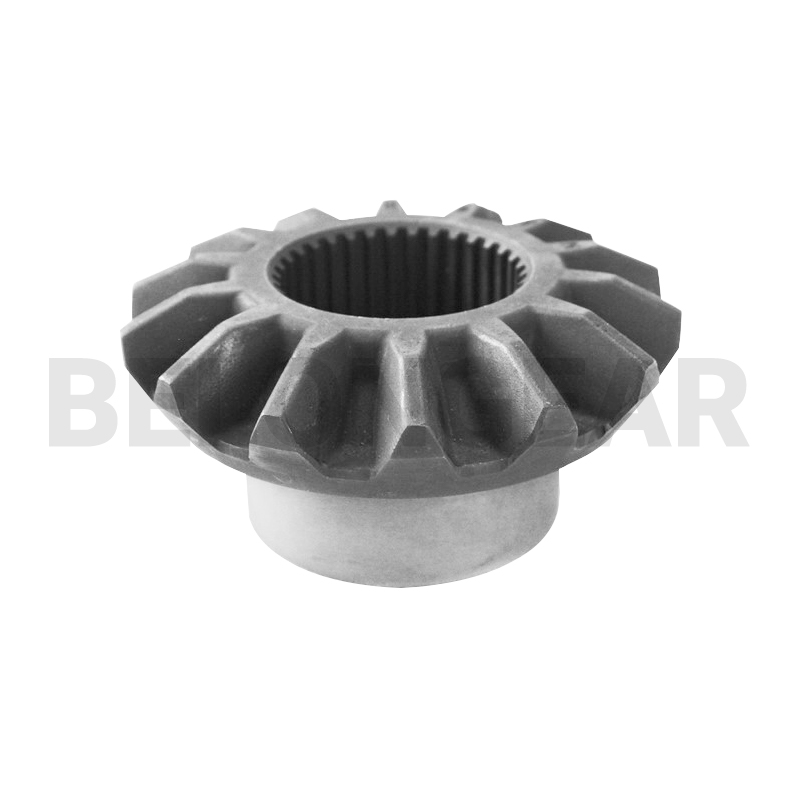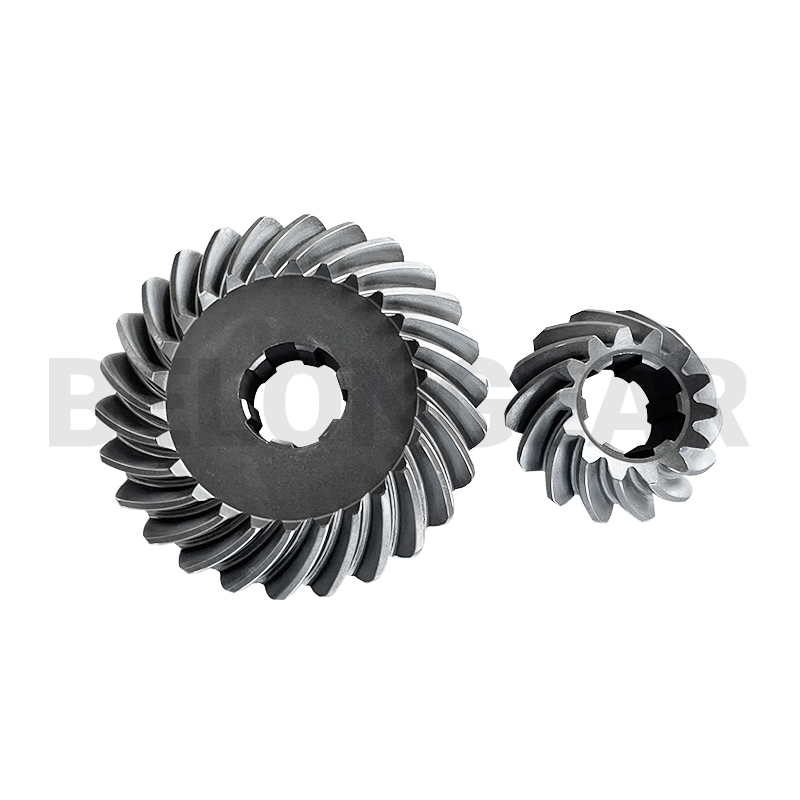Bevel gears are critical components in power transmission systems, facilitating the transfer of torque and rotation between intersecting shafts. Among the various bevel gear designs, spiral bevel gears and straight bevel gears are two widely used options. Although both serve the purpose of changing the direction of drive, they exhibit distinct differences in design, performance, and cost. This article provides a detailed comparison of spiral bevel gears versus straight bevel gears, highlighting their respective advantages and disadvantages.

Spiral bevel gears feature curved, angled teeth that engage gradually. This oblique contact results in smoother operation and reduced noise during power transmission. One major advantage of spiral bevel gears is their superior load distribution. As the teeth mesh progressively, the gear experiences less shock and vibration, leading to enhanced durability and a longer service life. Their quiet operation makes them especially suitable for automotive differentials and precision machinery. However, these benefits come at a cost. The complex geometry of spiral bevel gears requires advanced manufacturing techniques and tighter tolerances. This increased production complexity often translates into higher costs and more intensive maintenance requirements. Additionally, the angled tooth design can lead to slightly increased friction, which may reduce overall efficiency in some cases.
In contrast straight bevel gears have teeth cut in a straight line across the gear face. This simpler design offers significant advantages in terms of manufacturing and cost. Their straightforward geometry makes them easier to produce and install, providing a cost-effective option for many industrial and automotive applications. Their robust construction allows them to handle moderate loads efficiently. However, the simplicity of straight bevel gears also brings drawbacks. The direct tooth contact results in higher levels of noise and vibration during operation. This abrupt meshing can cause increased wear on the gear teeth, potentially reducing the lifespan of the gear set when subjected to heavy loads or high-speed conditions. Moreover, the less optimal stress distribution in straight bevel gears may lead to premature failure in demanding applications.
Ultimately, the choice between spiral and straight bevel gears depends on the specific requirements of the application. Engineers must balance factors such as noise levels, load capacity, manufacturing cost, and maintenance needs when selecting the appropriate gear type. For applications demanding quiet operation and higher load capacity, spiral bevel gears may be the preferred choice despite their higher cost. Conversely, straight bevel gears offer a more economical solution where cost and ease of production are prioritized over peak performance.
In conclusion both spiral and straight bevel gears have unique advantages and disadvantages. By carefully evaluating the operational environment and performance demands, manufacturers and engineers can select the gear type that best meets their needs, ensuring reliable and efficient power transmission. As technological advancements continue to improve manufacturing processes, both gear designs will remain integral to modern power transmission systems. With continuous research and development, both spiral and straight bevel gears are set to evolve, offering improved efficiency, durability, and cost-effectiveness for future power transmission applications.
Post time: Feb-10-2025






